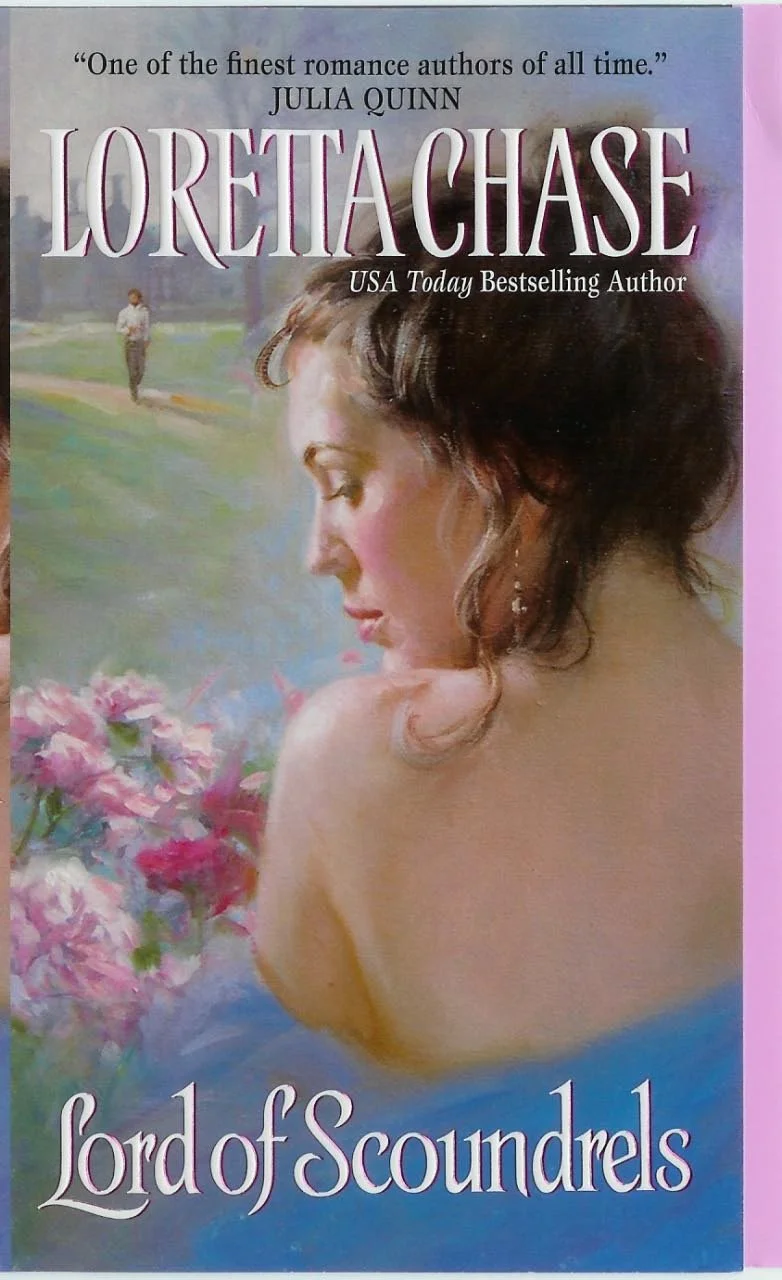Another month, another great deal.
Lord of Scoundrels is an extra special book for me. Years ago, a visit to Dartmoor, Devon, England took me to a place and into a powerful atmosphere I’d never forget. Something about that experience worked a kind of alchemy in my mind, creating a hero, heroine, and story that came together almost all at once. When I settled down to write, the story played in my mind like a movie, scene after scene. For a plodding writer like me, this is magic, and rare, indeed. But the writing gods smiled on me then, and the book went on to become my most popular, winning many awards.
Now it’s on sale. From 1 February to 1 March, Lord of Scoundrels is a Kindle Monthly Deal, priced at a mere $1.99—and when Kindle creates a deal, the other eBook retailers usually follow. This means Nook, Apple Books, and others are likely to let you have Dain and Jessica’s story for the same low price.
JMW Turner, Dartmoor-The Source of the Tamar & the Torridge ca. 1813. Yale Center for British Art, Paul Mellon Collection
If you haven’t read their story yet—if you haven’t met Bertie and Genevieve and the others, now’s your chance, at low risk. Or, if you’ve already read it, maybe you’d like to make a Valentine’s Day or other kind of gift—and possibly lure others into reading my books. That’s OK. I won’t mind a bit.



